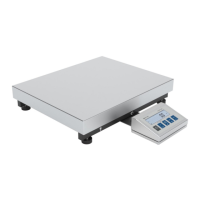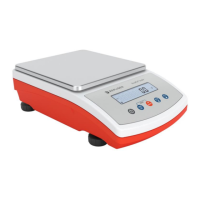What to do if REPLIGEN Scales display 'LH' during switching on?
- VVincent HolmesAug 2, 2025
If your REPLIGEN Scales show 'LH' when you turn it on, it means the weighing pan was loaded during the startup. To fix this, simply unload the weighing pan. The display should then show a zero indication.


